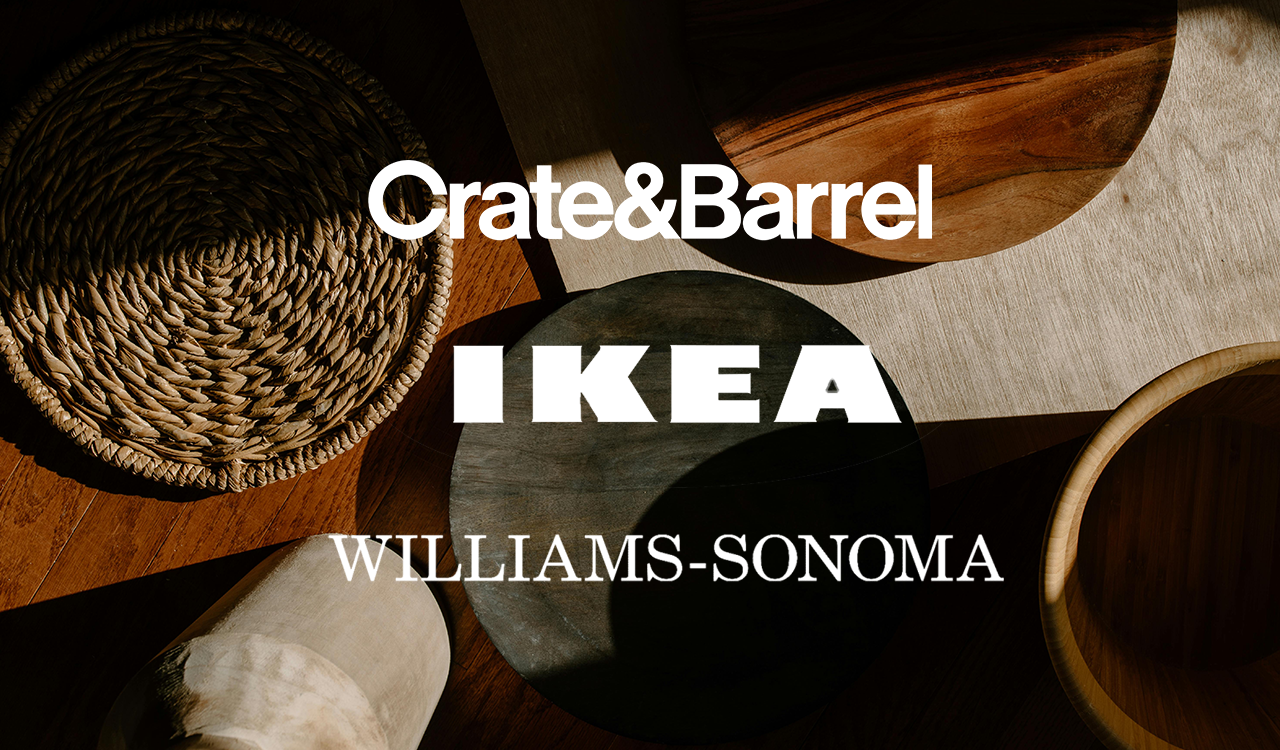The fashion industry is now tied for first place in destroying our beloved planet. In 2021, 54 percent of retail bankruptcies were in apparel. And 56 percent of online returns were apparel. In fact, overall return rates are up by 35 percent since 2011. Once merchandise is returned, less than 50 percent is resold at full price. What’s more, 73 percent of returns could be avoided by retailers being more proactive. What kind of business model is this?
Missing the Point
Many retailers are now focused on creating better returns practices. This is not going to revolutionize retail, but it may revolutionize the customer experience. Retailers don’t really have a choice. Many retailers in desperation to keep their consumers or gain new ones extended the holiday returns window well into February 2022. In some cases, coined as the “return-less refund” they’re not even processing the return, but instead issuing a refund and telling their beloved customer to keep it. But there is something fundamentally off with this policy: Here’s your refund but keep the shirt that doesn’t fit. Really? Who wins? In my opinion, no one, not the consumer, not the brand, not the landfills, and definitely not the bottom line.
Many retailers are now focused on creating better returns practices This is not going to revolutionize retail, but it may revolutionize the customer experience.
Fit Issues
Fit is a problem: the third of 10 reasons for returns is fit, according to Coresight. Many other studies say its #1, and I tend to agree. But really, you have to ask, “Why” is she really returning it? Why aren’t the apps, data and technology fixing fit? There are many leaders and experts, me included, that feel we are drowning in data, yet starving for knowledge. How are we using fit data and analytics to fix the problem?
Think about this: In the last several years, I personally have spent more money on shipping returns than I spent on the apparel itself. Even though I am the tall version of the legacy fit base (I’m lean, anywhere between sizes 4-8 depending on the brand), it is still difficult to find clothes that fit.
Also, not only do I own a tape measure, but I also know how to use it, and I know where my waist is. I can interpret product data points, size charts, and visuals of the online models showing how it should look and fit. Though that too should be a no-brainer since in most cases it’s like looking into a mirror for me, since many models online often are 5’9” wearing a size 4. Newsflash, this is not the case for the average woman. Here’s the size disconnect:
- 70 percent of the female population is size 12, 5’ 5.”
- The average fit model is size 6, 5’ 7 ½.”
- 40+ percent of the population is considered “midsize” (“midsize” is the newest label, ranging between legacy “missy” and “plus” approximately sizes 8-18).
- Many brands offer less than 20 percent of their assortment in the midsize range.
So, can you imagine what it feels like for an American woman to shop and find clothes that fit her.
A Brief Sizing History
For the last 30 or so years we have been adding many different fits, size ranges, and naming protocols in order to fit the changing population and merchandising needs of the business. The list is long, but for example:
- Missy
- Petite
- Tall
- Plus
- Petite Plus
- Curvy
- Straight
- Midsize
In apparel manufacturing, the Fit/Technical Design team (a function created in the late 1980s), no matter how solid and well equipped, is essentially a service provider. They are often master craftsmen, or how I like to refer to them as fit engineers. The most common head of Fit/TD is at the director and VP level with only a handful of SVPs. Typically, these directors report into sourcing.
The fit practice hasn’t caught up with the changes in women’s sizing. Fit is still 70 years behind operating with grade rules that assume as we age, we gain weight proportionately, which we don’t. The rules also assume we gain height, which we don’t. And lastly, the assumption is that our shoulder width increases, which it doesn’t. The root problem is that the core fit base does not match today’s population.
Now What?
Fit and sizing are the most misunderstood, yet most important functions related to sales and returns. Organizationally, no one function, never mind the C-suite, truly owns fit or associated returns. Return rates will continue to wreak havoc on the bottom line and the planet, and the consumer will continue to be ignored in the process. We need to whiteboard it all, start at zero, decomplexify to ruthless simplification, and reset and restore the experience at the core. It is the simplest, most efficient, effective way to improve the customer experience. Fit needs a seat at the table smack in the middle of the CEO, CFO, and consumer. Let’s call her the CF(it)O. She should own fit and associated returns. She should be advocating for the consumer helping to make both the top and bottom lines happy. Also, I can guarantee if you do fit right, and I mean really right, sustainability in a huge, meaningful way will be the true gift with purchase.
Let’s turn returns into return on investment…to the point of no returns.
Renee is a retail veteran that has dedicated her career to fit and sizing. In 2004, she founded Raise The Bar RTB LLC where she partners and strategizes with brands to implement innovative business models that are efficient, inclusive and sustainable.



